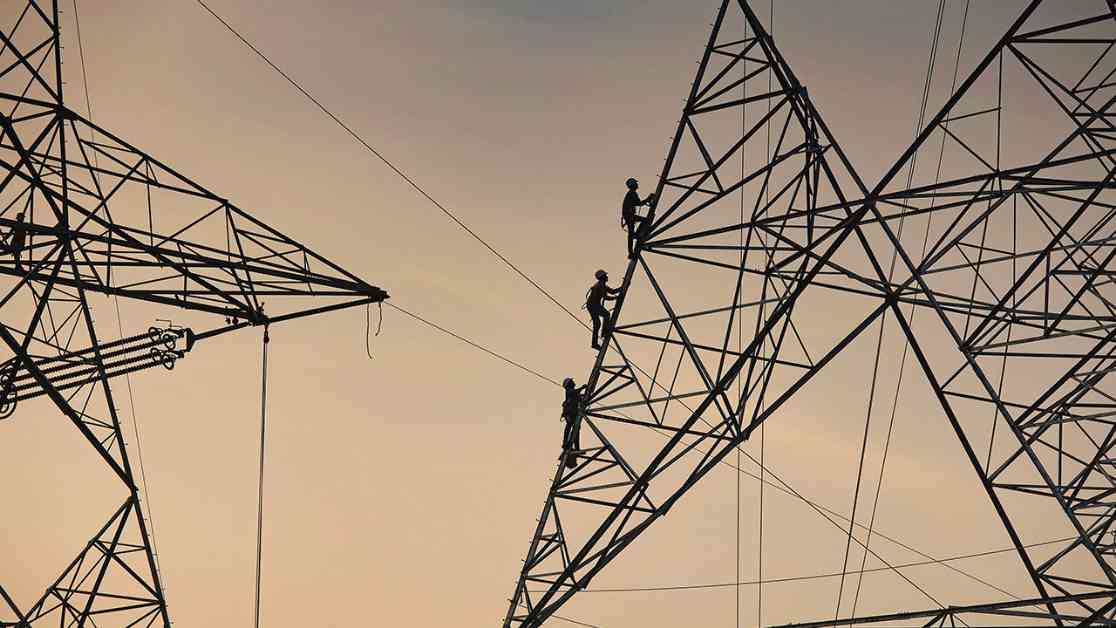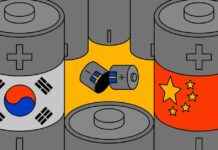On May 5th, 2024, the world witnessed a groundbreaking shift in the power industry as artificial intelligence (AI) data centers began to revolutionize power lines. This transformation marked a significant turning point for utilities and grid operators, who were faced with the challenge of meeting the growing energy demands of these cutting-edge technologies. However, amidst the challenges, AI also presented a unique opportunity to modernize outdated electricity networks and pave the way for a digital and decarbonized future.
The United States Department of Energy projected that the integration of AI and other technological advancements into the existing grid infrastructure could potentially unlock up to 100 gigawatts (GW) of transmission and distribution capacity within the next three to five years. This remarkable feat would be achieved without the necessity of constructing new power lines, representing a substantial 13% of the current peak demand of approximately 740GW.
The Impact of AI on Power Grids: A Game-Changer in the Making
The emergence of AI in the realm of power grids has sparked a wave of innovation and transformation, offering a glimpse into a future where energy efficiency and sustainability go hand in hand. By harnessing the power of artificial intelligence, utilities and grid operators have the potential to optimize grid operations, enhance reliability, and reduce energy wastage. This technological leap not only benefits the environment by lowering carbon emissions but also paves the way for a more resilient and adaptive energy infrastructure.
Expert opinion on the matter further reinforces the significance of integrating AI into power grids. Dr. Emily Carter, a leading researcher in energy systems optimization, emphasizes the role of AI in revolutionizing the way we manage and distribute electricity. According to Dr. Carter, “AI presents a unique opportunity to unlock the full potential of our existing grid infrastructure, allowing us to meet the growing energy demands of the digital age while minimizing our environmental footprint.”
Overcoming Challenges and Embracing Opportunities: The Road to a Sustainable Energy Future
While the integration of AI into power grids presents a myriad of benefits, it also comes with its fair share of challenges. One of the key hurdles faced by utilities and grid operators is the need to upgrade existing infrastructure to accommodate the demands of AI-powered technologies. This process requires significant investment in grid modernization, cybersecurity measures, and workforce training to ensure a seamless transition to a more intelligent grid ecosystem.
Despite these challenges, the potential rewards of embracing AI in power grids far outweigh the risks. By leveraging the capabilities of artificial intelligence, utilities can enhance grid resiliency, improve outage management, and optimize energy distribution in real-time. This proactive approach not only enhances the overall efficiency of the grid but also lays the foundation for a more sustainable and environmentally conscious energy future.
As the world continues to embrace the era of AI-powered technologies, the transformation of power grids stands as a testament to the remarkable potential of artificial intelligence in shaping the future of energy. By harnessing the power of AI, utilities and grid operators have the opportunity to revolutionize the way we generate, distribute, and consume electricity, paving the way for a more sustainable and resilient energy ecosystem. The fusion of technology and innovation holds the key to unlocking a brighter and more efficient energy future for generations to come.



















